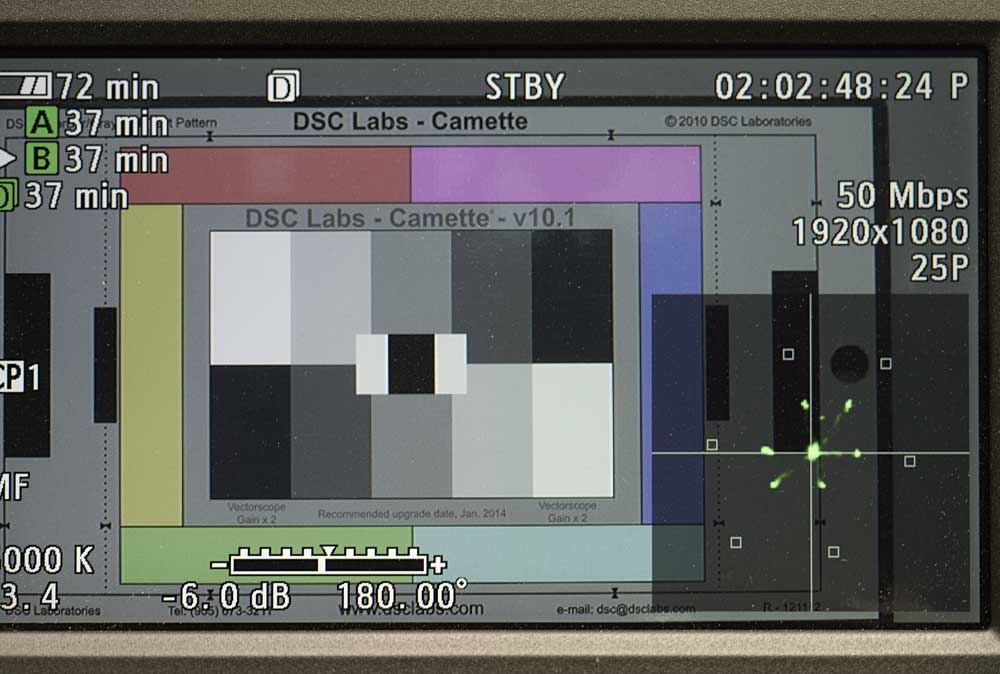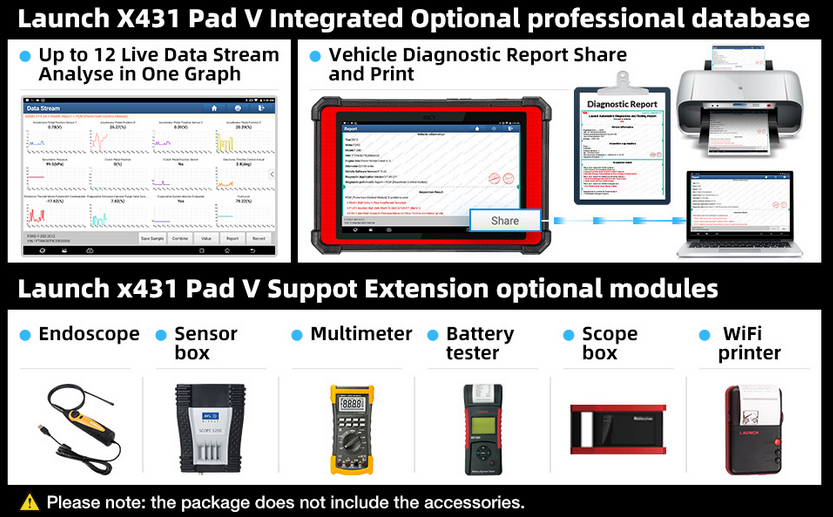

I like to use the vectorscope with the mode set to color as it gives little colored pixels that show you what you are getting. It's great fun to point a video camera around and watch the picture change on the scopes, even if you don't know what they all do you can figure out most of it by watching the changes. Each different palette also has several choices for mode, sampling, colorspace and intensity. There is a nifty solo palette that enlarges the top palette to fill it's area of the screen, another click of the same keys gets rid of it. You can open all sorts of things in Scopebox 2.0 including a waveform, vectorscope, rgb parade, yuv parade, vu meters, luma and rgb histograms and timecode. With that format in mind, it works pretty well.

However it is well set up for a single screen laptop which would be most commonly used by location filmmakers.
ULTRASCOPES VS SCOPEBOX FOR MAC
The interface is a little awkward for Mac users and, for studio use, you can't drag the windows around to other monitors. The custom image well containing a storyboard image.
ULTRASCOPES VS SCOPEBOX PC
(I understand that PC users can utilize Adobe’s OnLocation with similar features, but Scopebox 2.0 is the only sub-$1000 Mac program that I’ve used that will do so.) I haven't found another Mac program that I or any of the people I usually work with owns that can combine a matte with a live camera feed. If you don't have an alpha channel you can use the opacity to line things up and click it on and off. You also adjust the opacity before you see anything there. You have to drag a Photoshop file or other picture file in from the finder into the custom image well which is a black area slightly below the custom image button. But it does so much more: including recording video from your camera directly onto your laptop while you are checking your zebras, your scopes, adjusting the focus and even viewing an overlay picture for your visual effects.Īlthough probably not intended as such, the overlay feature is a great tool for visual effects as I can see the matte area thru my live camera and adjust lights, perspective action and color in the camera to match. given the concept that "Black" and "White" is the same location (origin) - something like G/R, minus-G/B is more useful (the Tektronix "Diamond") for straightening up the christmas tree.Īnd you can synthesize that with Scopebox.Scopebox, now in it's 2.0 release, basically puts all the color, lighting, and other scopes you'll ever need to analyze the quality of your camcorder's image on your laptop. Really though, the "Vectorscope" concept itself is kind of a bit of a throwback - only useful when you understand what it is trying to tell you, and still a bit of a guessing game as to where your true grey-scale lies. &c.Īgreed, the internal Resolve scopes leave a lot to be desired, but nearly all rasterized displays eventually go "blobby" - I really, really miss the good old CRT-type scopes, whatever they were doing to my long-term health.

ULTRASCOPES VS SCOPEBOX SOFTWARE
John Burton wrote:I'd like to transition to using them for mobility reasons but the one's, well the vectorscope at least, in Resolve seems close to unusable when you're used to hardware scopesĪ software scope is always going to have to run on a hardware platform, and even Scopebox needs an external computer to ingest a media stream, so you're stuck carrying another item one way or another.


 0 kommentar(er)
0 kommentar(er)
